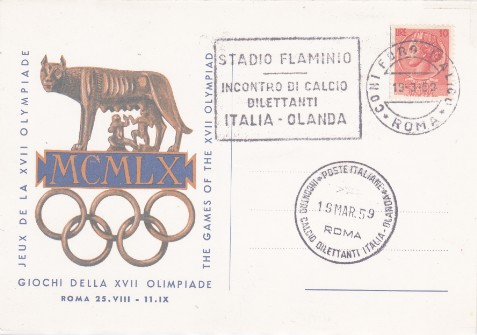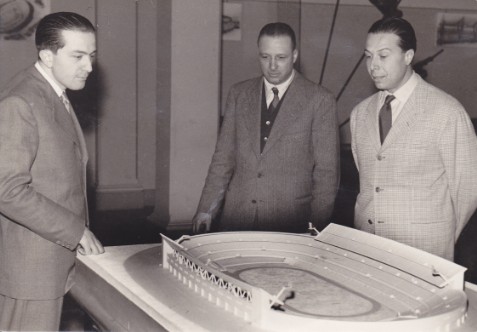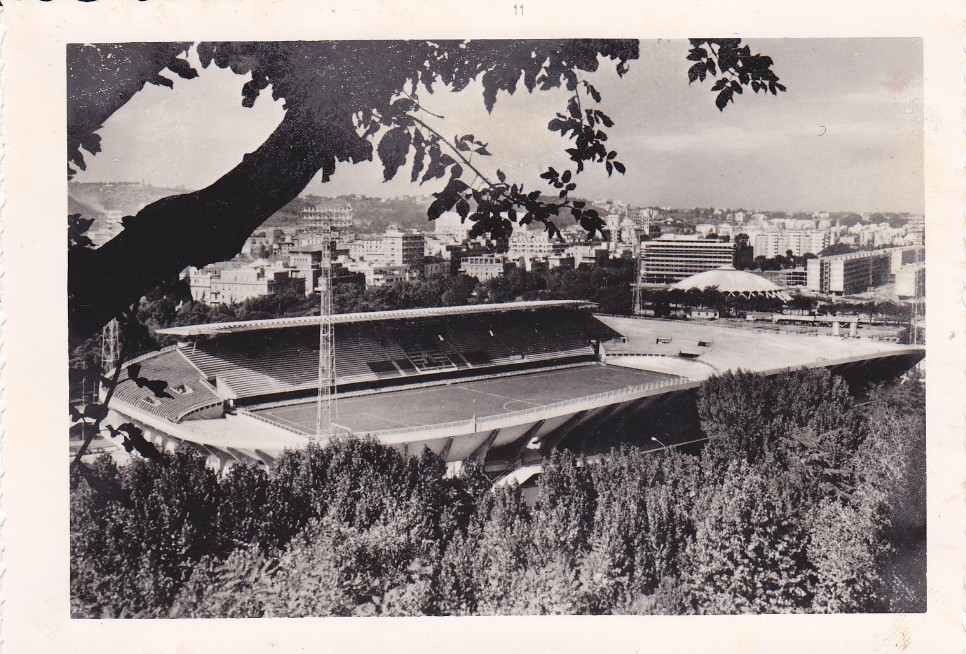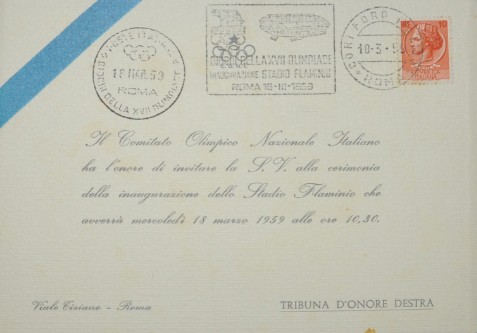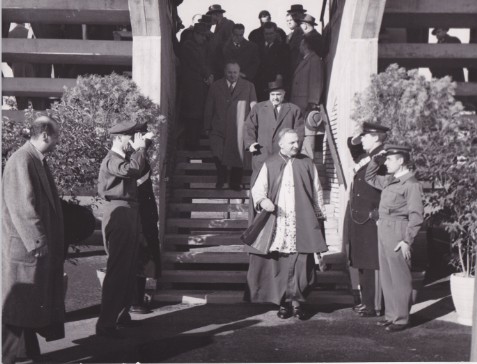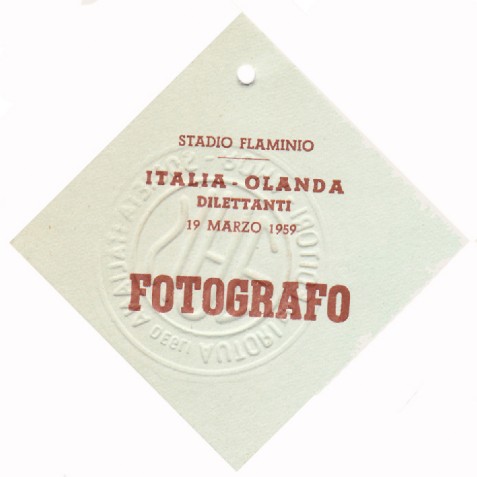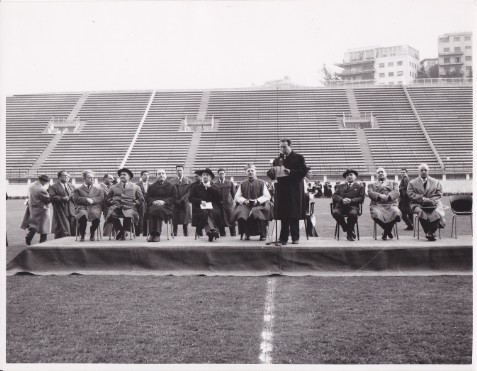Stadio Flaminio
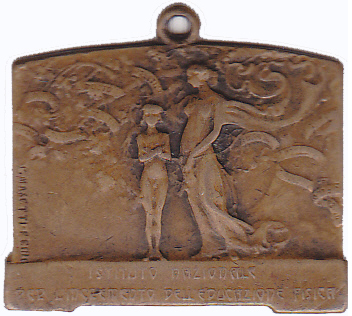
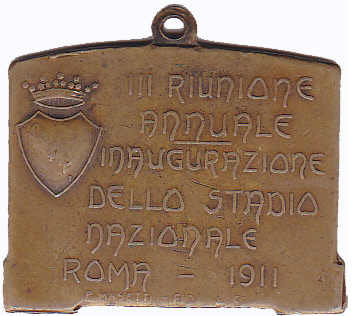
Lo Stadio Nazionale, anche noto come Stadio del Partito Nazionale Fascista e poi Stadio Torino, fu un impianto calcistico di Roma. La struttura fu inaugurata alla presenza dei sovrani il 10 giugno 1911; poi, in parte già danneggiato dall'usura e da numerose lesioni interne, fu ristrutturato una prima volta nel 1927 su iniziativa di Augusto Turati cambiando il proprio nome in Stadio del Partito Nazionale Fascista.
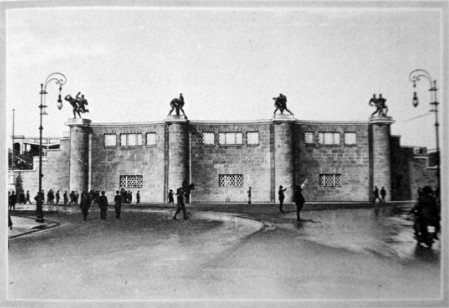
Lo Stadio del Partito Nazionale Fascista fu ufficialmente inaugurato il 25 marzo 1928, con una gara che vide l’Italia, guidata da Baloncieri, superare 4-3 l'Ungheria. Tre anni dopo lo stadio divenne il campo di gioco della Lazio, inaugurato con un derby contro la Roma, il 24 maggio 1931 e terminato con il risultato di parità (2-2), a cui seguì una rissa finale, che comportò anche la squalifica di un turno per il Campo Testaccio.
The Fascist Party stadium was officially inaugurated March 25, 1928 with a match between Italy and Hungary (ended 4 to 3). Three years later, the stadium became the field of play of the team "Lazio". The first match of this team at the new stadium was the derby against "Roma", held May 24, 1931 and ended with the parity result (2-2).
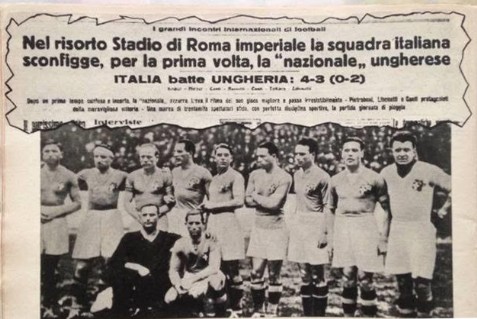
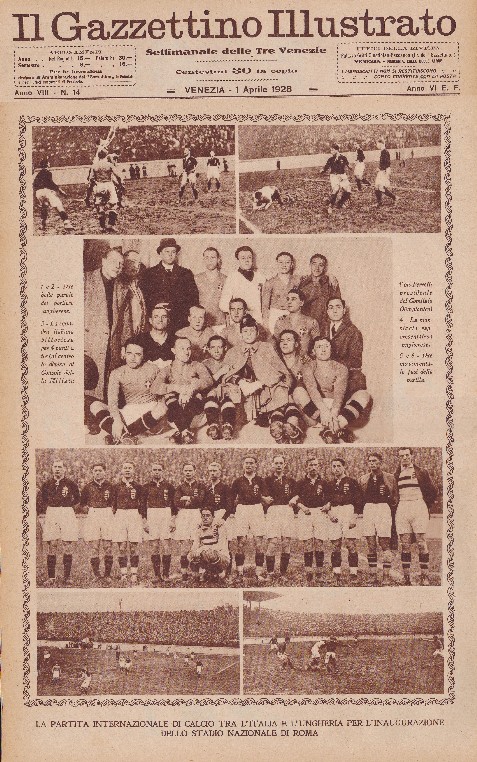

Lo stadio fu definito dal PNF come uno tra i più moderni e completi impianti costruiti in Europa. Le consistenti modifiche apportate dai lavori di ammodernamento non eliminarono i gravi difetti iniziali, come lo schema planimetrico a U, l'orientamento e l’inosservanza della curva di visibilità. Col passare degli anni lo stadio PNF rivelò nuovamente limiti funzionali e, soprattutto, di capienza tanto che a Roma tornò a manifestarsi l’esigenza di nuove strutture sportive.
The stadium of the National Fascist Party was among the most modern and complete facilities built in Europe. The significant modifications by the modernization did not eliminate the serious initial defects, such as U-plan, the orientation and the non-observance of the visibility curve. With the passing of years PNF stage revealed problems of capacity so that Roma other sports facilities were needed.
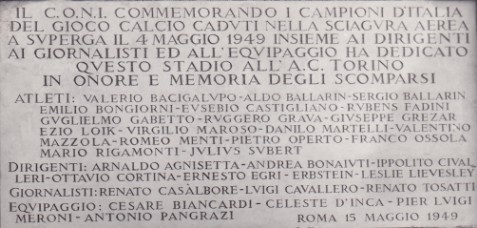
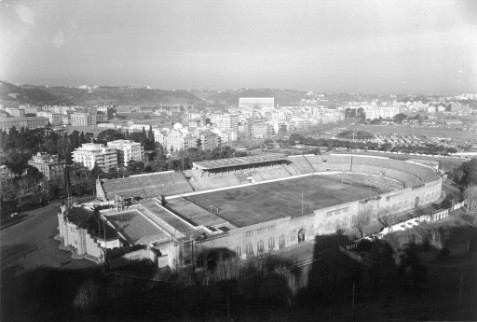
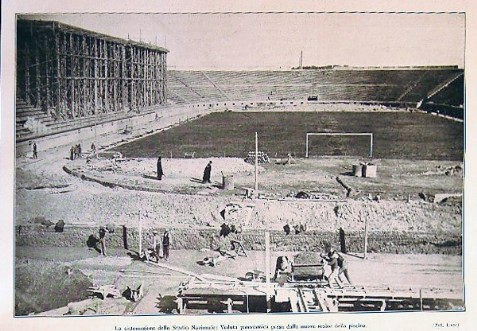
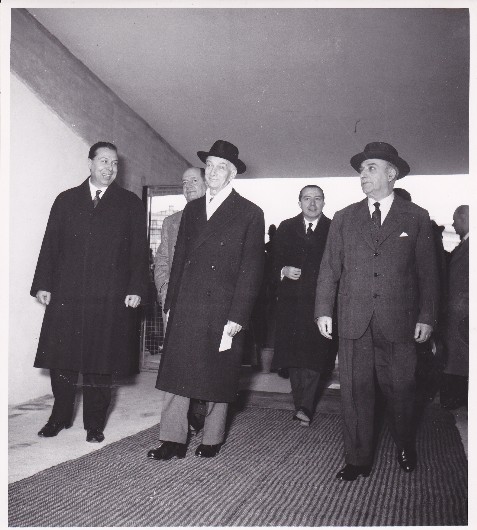
Lo Stadio Flaminio fu ufficialmente inaugurato il 18 marzo 1959 ed ebbe il battesimo sportivo all'indomani della inaugurazione, con la partita di calcio tra le rappresentative dilettanti di Italia e di Olanda. Questo stadio può raggiungere una capienza di 42.000 posti, di cui 8.000 coperti.

